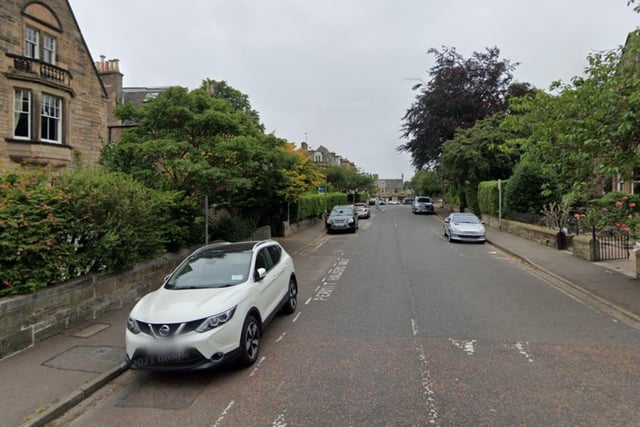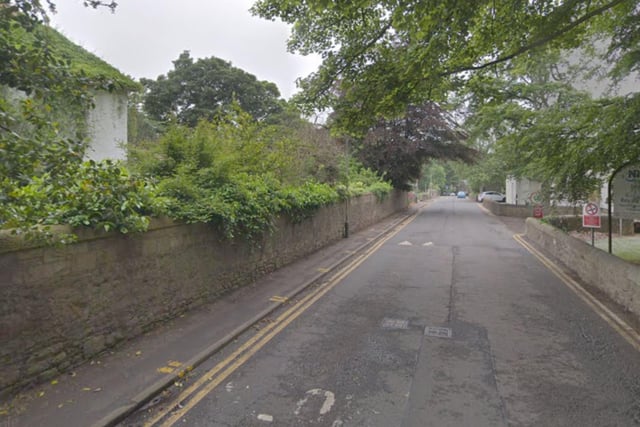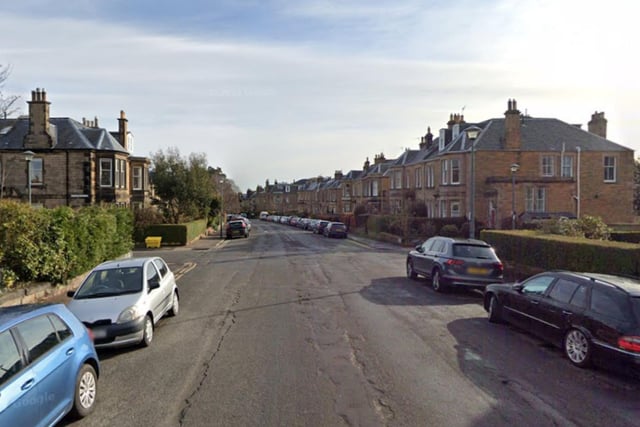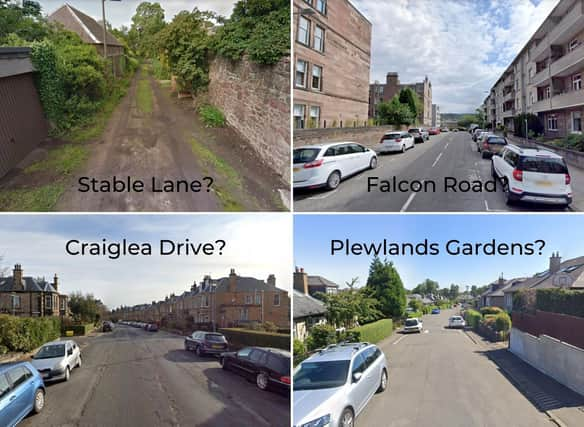Edinburgh has a fascinating history dating back thousands of years, with evidence of a settlement in the Cramond area from around 8500 BC.
The city’s name comes from ‘Eidyn’, the name for the region in Cumbric – the Brittonic language spoken in the Northern England and Lowland Scotland in the Middle Ages.
At this time a stronghold on Castle Rock was called Din Eidyn, literally meaning ‘the hillfort of Eidyn’. As the Scots language evolved, the Din was replaced by ‘burh’, creating Edinburgh.
And there are plenty more clues to the Capital’s complex past in the names of the streets, roads, and lanes that make up the city, all of which come from a multitude of languages, backgrounds and people.
The name Morningside is thought to date back to the 17th century and was the name of a large estate, with the moniker simply meaning ‘morning slope’.
Here are the stories behind 10 of the road names in the neighbourhood and the surrounding areas.

1. Plewlands Gardens
The name Plewlands appears on a few street signs in Morningside. It was the original name for a large area of land to the east of Braid Road and dates back to the 15th century. It refers to a measurement of arable land equal to around 104 Scots acres. Photo: Google Maps

2. Nile Grove
Nile Grove is one of several roads in Morningside that shres its name with Biblical countries and locations - including Canaan and Jordan. The reason for this is that in medieval times the area was home to Egypt Farm, which stretched from Braid Road to Blackford Hill. Photo: Google Maps

3. Tipperlinn
The name Tipperlinn dates back to at least to the first half of the 17th century and refers to a well in the area, called the Tobar, and the fast-running burn that flowed from it - known in Scots as a lynn. Photo: Google Maps

4. Craiglea Drive
Craiglea Drive sits on the site of the former Plewlands House and was built in around 1909. The name referes to its position next to Craighouse, with developers simply taking the first part of that name and adding 'lea' - meaning 'an untilled field' in Scots. Photo: Google Maps

